I write drama – try to, anyway.
And, as you probably know, the key ingredient of drama is conflict.
You pit things against each other: protagonist vs antagonist, goal vs obstacle, person vs mountain.
Steepest of obstacles
It’s a game of opposition, where characters in pursuit of goals face the steepest of obstacles, and in pulling out all the stops to overcome these obstacles, they usually end up not with the thing they set out for but something else, something unexpected – a thing they might not have wanted, but which, it turns out, they needed in order to become more well-rounded, enlightened human beings.
Otherwise, they would remain entrenched in conflict with no end to their stories, no resolution.
It’s just good old-fashioned dialectics – taking contradictory things and pitting them against each other to synthesise new insights, ideas, and solutions.
Synthesis unlocks conflict. It’s the key.
The same applies to discourse and debate – without a synthesis of arguments, it’s just ‘us vs them’ and ‘this vs that’ with no gain, no balance, no enlightenment, no way through; it’s black vs white with no resolve to grey.
‘Truth is in the grey’
As Viv Groskop recently observed in her talk on Chekhov at Pitlochry Festival Theatre (which was brilliant by the way), “the truth is in the grey”.
That’s where humanity lives, in the nuances and contradictions.
The best solutions are almost always found in the grey.
And black can’t get there without white.
In developing my new stage adaptation of Tolstoy’s Anna Karenina, the director and I have spent hundreds of hours arguing about how to approach various aspects of the project.
I bring my take, she brings hers (or plays devil’s advocate), we have a debate, and the solutions we come up with together are usually better than what either of us proposed in the first place (I think so anyway – but please come and make your own mind up when it’s on at Edinburgh’s Royal Lyceum in May!)
The thing is, as much as I love a good debate, I worry that in the age of social media we’re in danger of losing the knack.
No argument is ever really won on Twitter.
Nothing ever gets resolved on TikTok, or in a Facebook spat.
Polarising opinion
These platforms will never show the full picture or tell the full story.
They’re not designed to, just to give you more and more of what you want.
They polarise opinion and drive division without engaging one side meaningfully with the other.
The algorithms pump out endless preferential material with no counterbalance, whipping up white hot rage and entrenching conflict without advancing either side one nanometre.
And if you happen to be an individual embroiled in the conflict, you can quickly become a lightning rod for that rage.
When she resigned as First Minister, Nicola Sturgeon said, “If all parties were to take this opportunity to depolarise debate, just a bit, to focus more on issues than on personalities, and to reset the tone and the tenor of our discourse, then this decision, right for me and I believe for my party and our country, might also prove to be good for our politics.”
We might not want to reach across divides, listen to each other, respect our differences, and negotiate better ways through, but it’s what we need to do. Don’t you think?
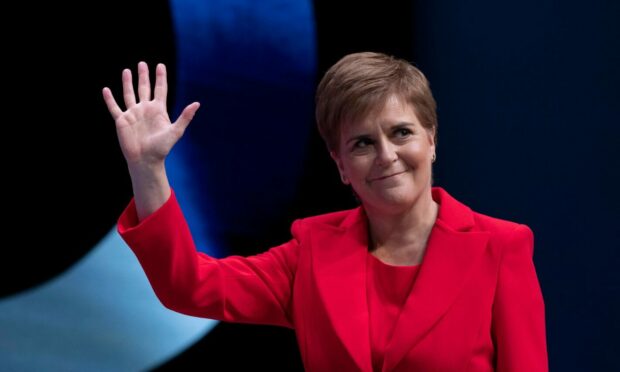
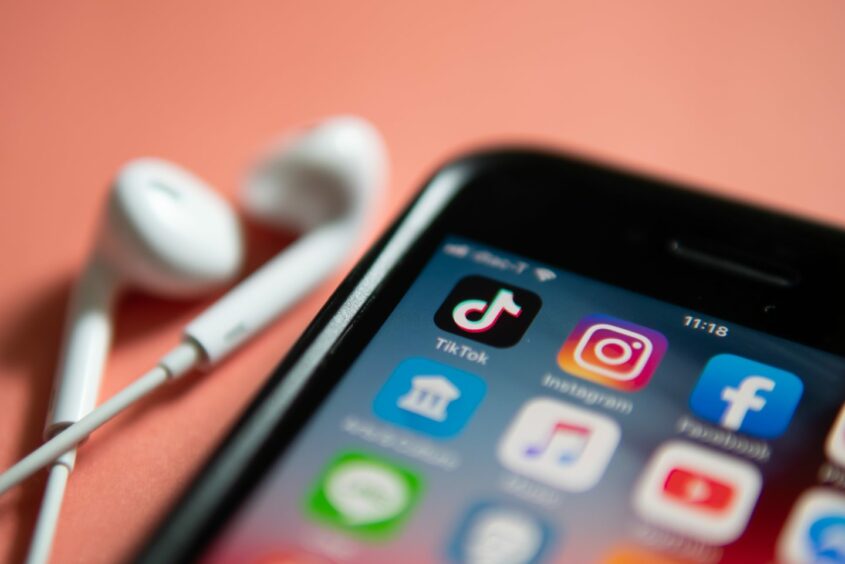
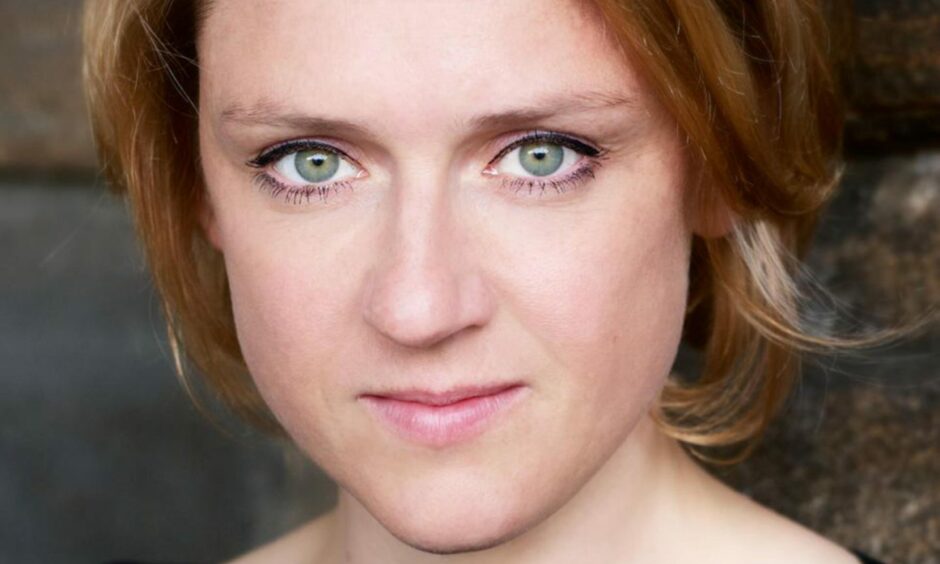
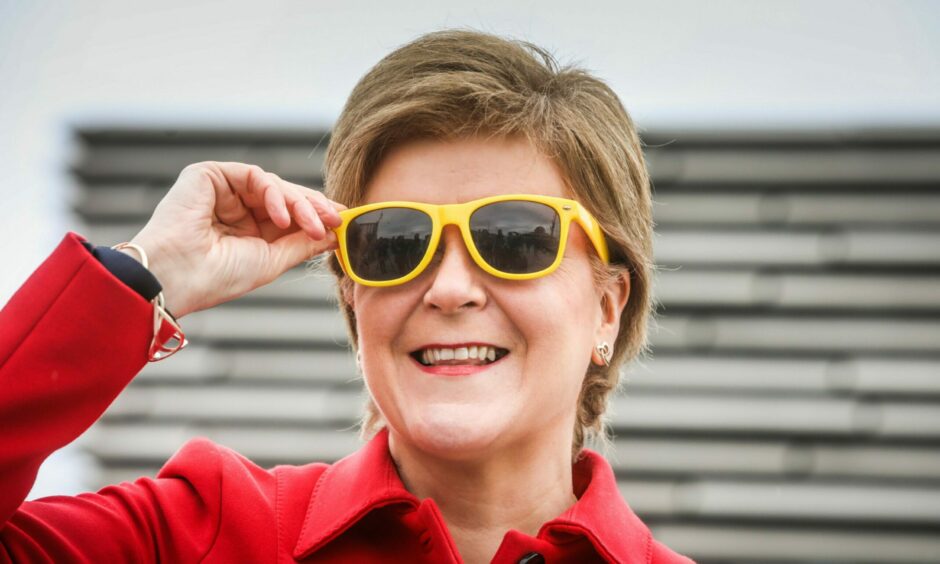
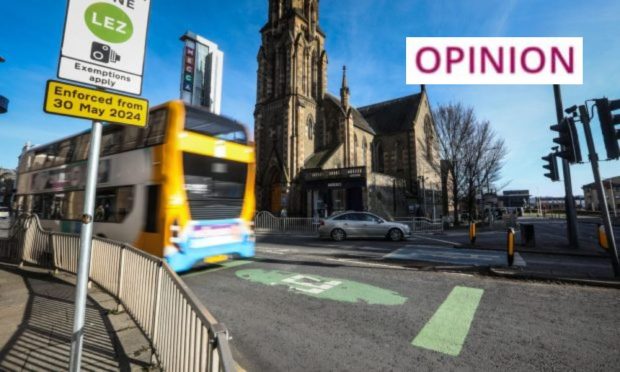

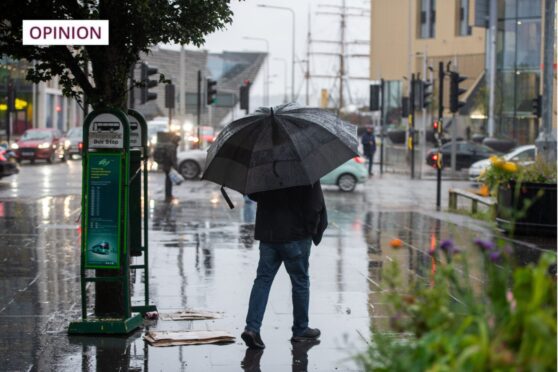
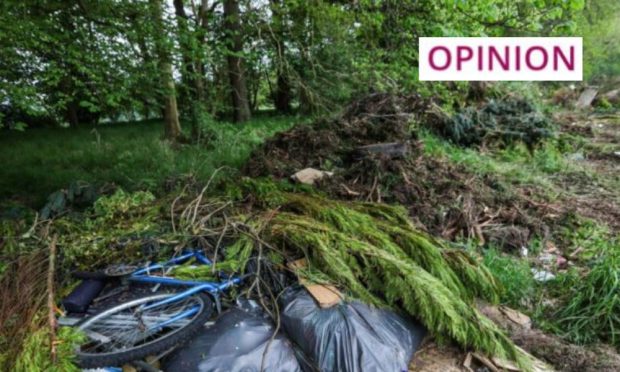

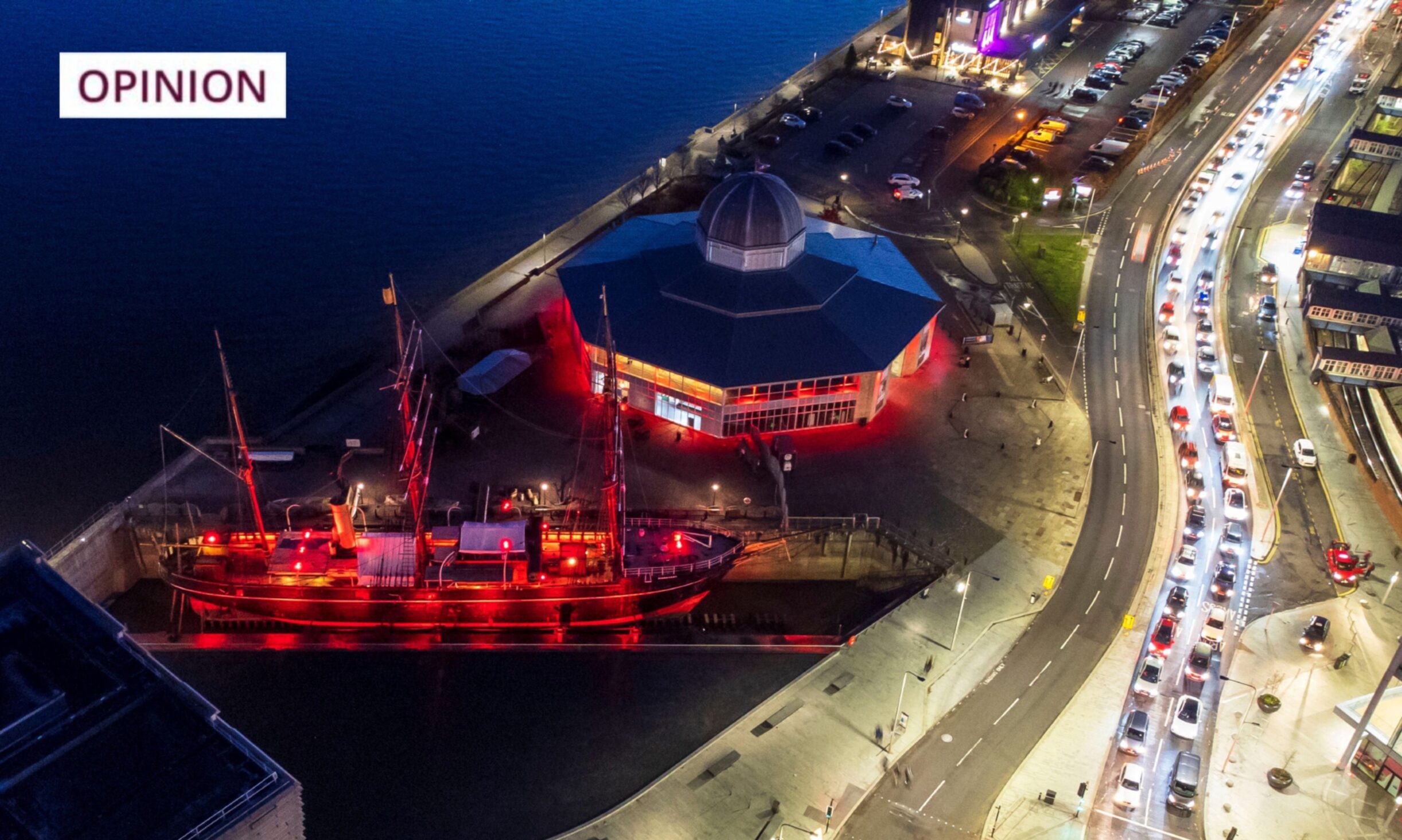
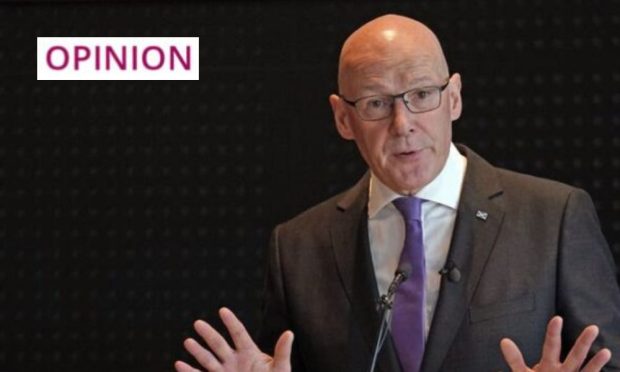



Conversation